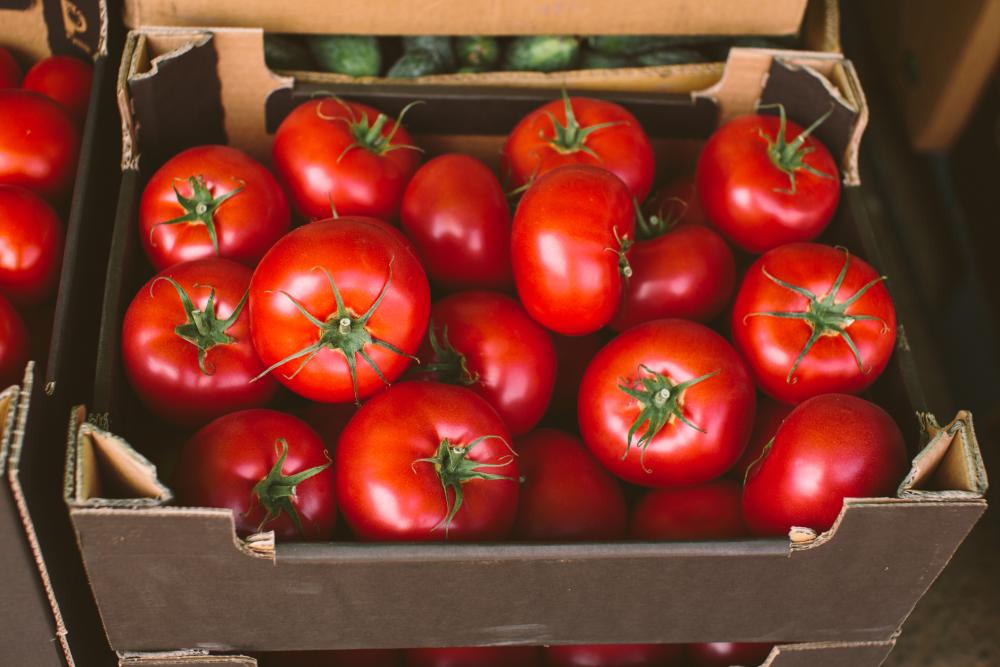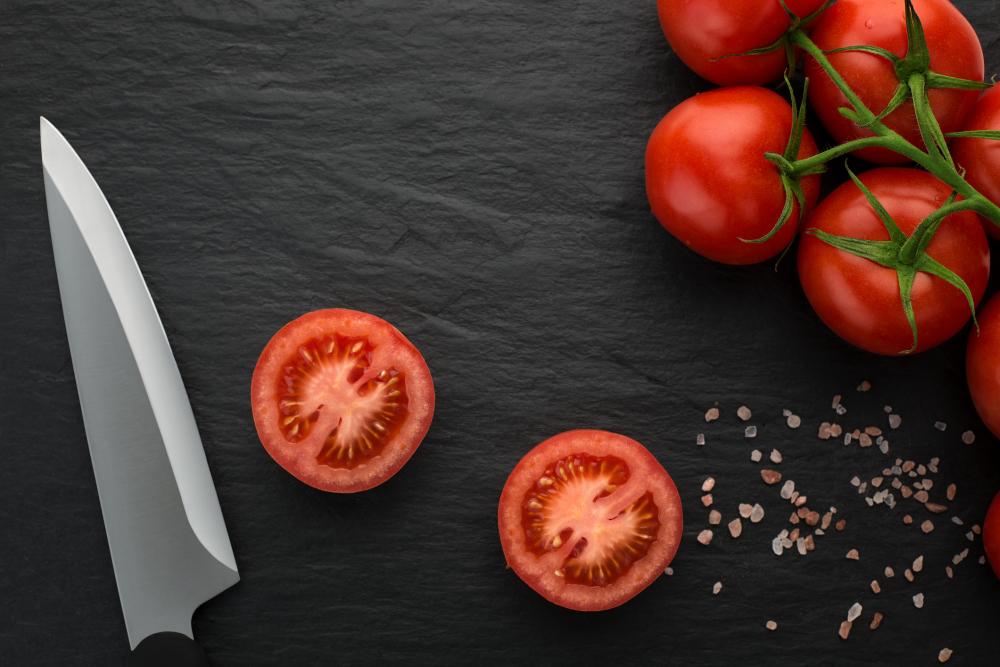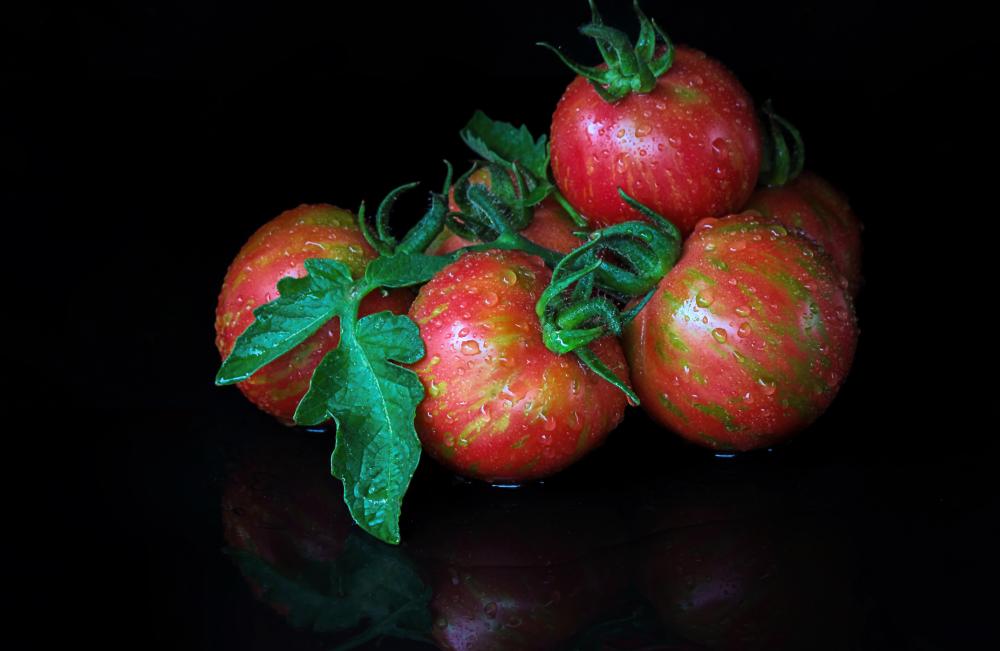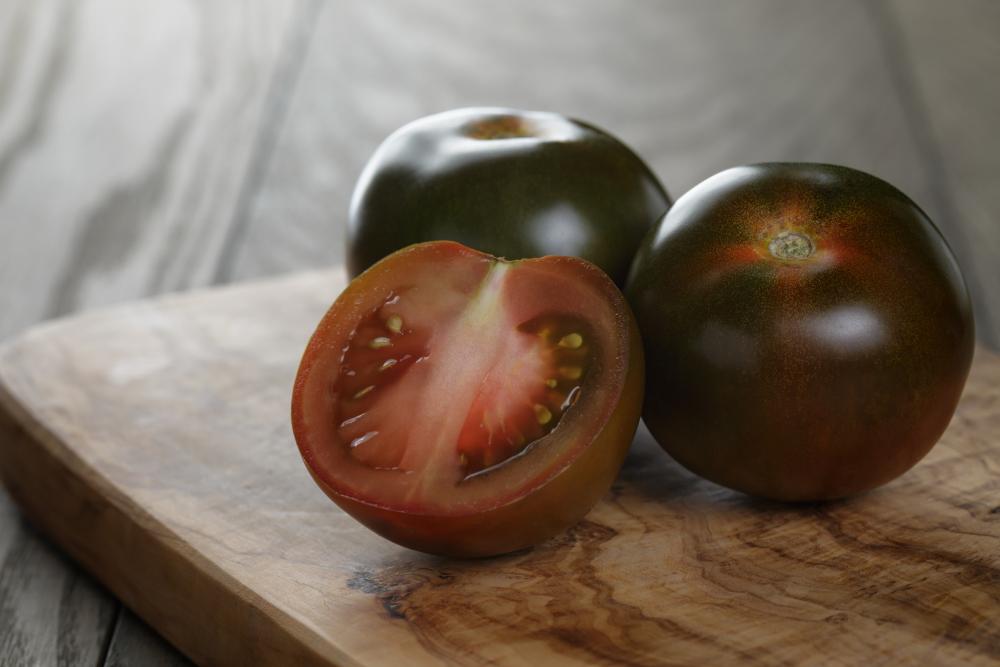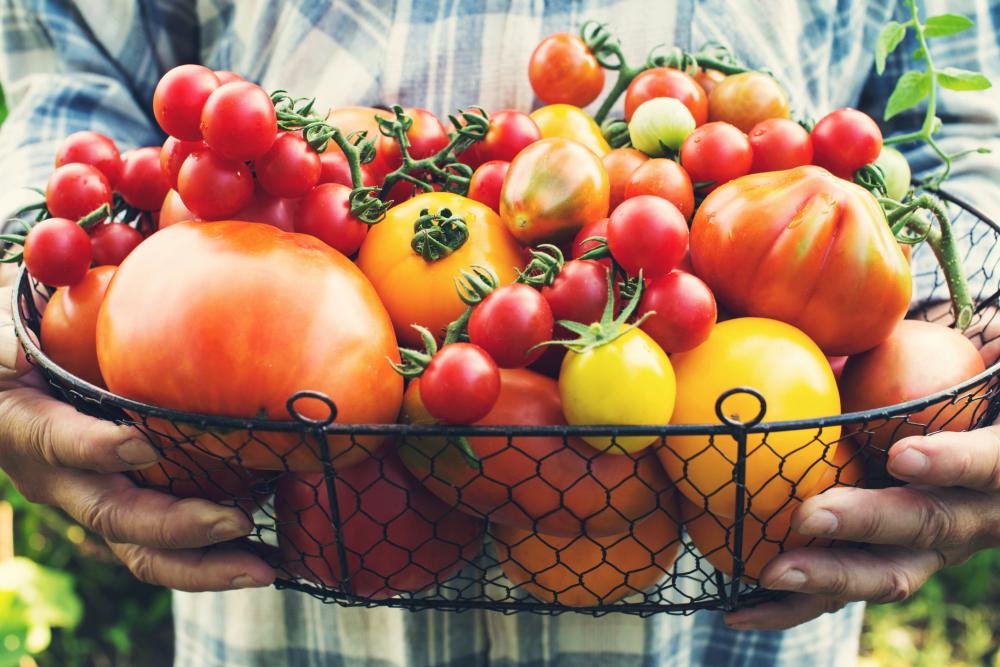9 Tomato Varieties to Plant in Your Garden
Seeing how tomatoes have become part of practically every cuisine on the good earth, it’s hard to imagine how chefs and housewives could do without it before the light of the Dark Ages descended on Europe. Back then, the Spaniards had managed to carry the tomato plant from its native South American back to Spain and keep it a secret from the rest of Europe for many decades. Luckily, the tomato spies managed to smuggle the well-guarded plants out of Spain and spread its juicy joy all over the civilized world.
Today it’s hard to go through a dinky corner diner’s menu without encountering the red, green, and yellow orbs in this or that dish. From the large beefsteak tomatoes to the fun-size cherry tomatoes, this veggie comes in wide varieties, various shapes, and different sizes. If you have a garden or if you’re dallying with the idea of container gardening, tomatoes are the go-to plants to start with. So which tomato variety would you like to start with?
Plum Tomato
The name “plum tomato” refers to the shape of the tomato, and there are 8 varieties that fall under this category. They all have an elongated fruit that is bright red with glossy and smooth skin. The bottom of the tomato tapers off to a sharp and pointy tip. The ripe plum tomato has more flesh than juices, with few seeds here and there in the small chambers.
The 8 plum varieties are Speckled Roman, Roma, Amish Paste, San Marzano, Sunrise Sauce, Orange Banana, Ukrainian Purple, and Red Grape. Most of these varieties go into making tomato paste, sun-dried tomatoes, and fresh salsas. You can also dice it into salads or slice it to make sandwiches. If you want to make an omelet or cook pasta or an Italian dish that uses tomato, plum tomato is the ideal candidate that adds flavor and taste to your dish.
Plum tomatoes come in different sizes. Red Grape is the smallest variety, with fruits as small as 2 inches long. In comparison, the largest plum tomato measures more than 5 inches long.
Black Krim Tomato
This is a unique tomato variety not just because it originated in Russia but also because of the unusual color. Black Krim, or Black Crimea, is a tomato that turns purple-red when fully ripe. It’s an heirloom tomato whose seeds were kept a secret within one family of Russian tomato growers for about a century or thereabouts. Then one generation spilled the beans, so to speak, and now the whole world shares the seeds.
The skin of the round tomato is taut with fat creases that make it look like a beefsteak tomato. Although the creases on the Black Krim are less frequent. The flesh is reddish-green even when ripe. Sometimes the skin itself turns almost black. But that’s just how the tomato is. It has a sweet and smoky flavor which is the result of home growing the tomato for all these years.
As an indeterminate tomato, the Black Krim is open-pollinated and takes about 70 days from the day you plant the seeds for the mature fruits to be ready for harvesting. The plants are prone to blossom rot and cracked fruit diseases.
Mortgage Lifter Tomato
A variety of beefsteak tomatoes, the mortgage lifter produces pink tomatoes that grow to large sizes. But despite their enormous size, the tomato has fewer seeds and juices, preferring to produce meaty tomatoes instead.
This, too, is an heirloom variety that scientifically translates into a tomato that pollinates naturally without human intervention. The plant can reach 9 feet tall, which is to be expected for a plant that produces tomatoes that exceed 2 pounds each. It was first created in 1930 by crossbreeding 4 large tomato varieties. It took the innovative part-time tomato grower M.C. Byles from West Virginia about 6 years of cross-pollinating tomato plants to settle on this cultivar. Because he was deep in debt at the time, the successful cultivar paid off his mortgage, so he gave it this name.
Don’t expect the Mortgage Lifter to improve your finances, though, as it takes about 85 days to finally yield a decent crop. They need plenty of care, especially providing space and supporting the large vines.
Schimmeig Striped Stuffing Tomato
Hollow tomatoes are fascinating varieties grown mostly as stuffing vegetables. They are hollow insides apart from some seeds hanging in the empty chambers for dear life. They resemble bell peppers in many ways as they only have skin and a thin layer of flesh stuck to the skin. You can’t use this tomato for salads, cooking, or for eating raw. They have one purpose, and that’s to be stuffed with rice, minced beef, or any other concoction you can come up with in your kitchen.
As an heirloom variety, the Schimmeig tomato was first developed in Germany. The mature fruits are red with orange stripes. These tomatoes remain exclusively the domain of restaurant chefs. Very few people know about them, let alone grow them in their garden. But if you can get your hands on some seeds, go ahead and give them a try. They’re easy to grow and, being open-pollinated, they won’t give you trouble as long as you have bees and other pollinators visiting your garden regularly. The average ripe tomato weighs only a few ounces due to its hollowness and has less acidity than other fleshy tomato varieties.
Sandwich Tomato
This is not a tomato variety as much as a group of tomatoes that all share a few features. The ripe tomatoes are firm and flesh with good flavors when eaten raw. They have less juice and even fewer seeds than other tomato varieties. All of these qualities make them the perfect choice to slice down and stuff between bread slices on top of burger patties to make tasty and wholesome sandwiches.
These tomatoes are also larger in size than other tomatoes. Most notable varieties include Brandywine, Beefsteak, Green Zebra, Cherokee Purple, Black Krim, Cherokee Purple, and the aforementioned Mortgage Lifter. Most of these are heirlooms. But some are also hybrids, such as Red October, Porterhouse, and Big Beef, among others.
Slicing tomatoes don’t always have to be sweet. Some like the Green Zebra have a tarty taste that goes well with sliced onions and beef burgers.
Sunchaser Tomato
When it comes to naming tomato cultivars and varieties, growers didn’t have to push their imaginations to the limit to come up with a unique name. Much like the Mortgage Lifter, the Sunchaser tomato is aptly named. It loves the full sun, flourishes in hot weather, and craves arid conditions. In other words, these are hardy tomatoes that defy all expectations and thrive when other tomato varieties simply give up.
As a determinate plant, the Sunchaser doesn’t grow an inch above 48 inches. You will find them growing merrily in the Southern parts of the US, where the dry and hot weather suits them just fine. The leaves of the plant are dark green, and the fruits are deep red. Unlike the beefsteak with its creases, the Sunchaser has smooth skin and is medium-sized.
The Sunchaser is packed with flavors, so you can eat it raw, cook it, or can it. And if you prefer to stuff tomatoes over slicing them, you can hollow out the Sunchaser and stuff it with your favorite stuffing. They mature within 80 days from the time you plant the seeds.
Yellow Stuffer Tomato
Not all stuffer tomatoes have to be just skin, seeds, and emptiness inside. The Yellow Stuffer tomato not only shatters that myth but also adds a yellow sheen to its tasty fruits. Easily mistaken for yellow bell pepper, this tomato has some flesh inside glued to the walls of the four chambers. And when I say flesh, I mean jelly loaded with rows of seeds. That makes it easy to hollow out the ripe tomato and prepare it for stuffing.
A member of the beefsteak family, this tomato has thick walls which stand up to the heat of the oven or cooker and protect the stuffing inside. It’s also less acidic than other tomatoes and has nice flavors that enrich the stuffing.
Yellow stuffer tomatoes are easy to grow and are quite prolific. However, that comes at the cost of the size of the ripe tomato. The heavier the yield, the smaller the tomatoes. So thinning out the crop can increase the size and taste of the tomatoes.
Solar Fire Tomato
This is a Florida tomato. Not only does it grow well in the hot and humid Florida weather, but also it was cultivated by the University of Florida. Since most tomato varieties have a low tolerance for excessive heat, this cultivar grows and flourishes in the heat. But that’s not all that this Florida tomato is good at. It also has a high resistance to many diseases, including canker, fusarium wilt, and verticillium wilt.
They produce medium-size, round, and red tomatoes that are good for salads, slicing, and in recipes. The vines need support to keep the fruits off the ground and protect them from crawling insects and garden pests. If you live in a hot and humid area where tomatoes rarely grow, the Solar Fire is an ideal option. They need about 8 hours of full sun, about 2 inches of water to keep them sated, and a lot of balanced fertilizers and organic compost to feed them. Space the vines 3 to 4 feet apart and provide a cage or stake for each plant. Keeping the soil moist is the key to the Solar Fire success, so mulching is recommended. Cover the beds with a 3-inch layer of mulch. You can use dry leaves, shredded bark, or straw. The mulch will keep the weeds and bugs at bay.
Yellow Pear Tomato
Another heirloom tomato variety that has been a well-guarded secret until recently. One can only imagine the hard work that went into cultivating a hybrid that produces yellow tomatoes shaped like pears. With glossy yellow skin and fat bottoms that taper off at the top, the tomato is a delight to look at as much as to eat.
The fruits are small and average about 2 inches long. But what they lack in size, the plants make up for in abundance. Each vine will produce enough fruits to last you all summer. The delicious Yellow Pear is perfect as a snack or in green salads.
Each vine grows to about 8 feet and requires support such as a trellis to keep it upright. They take up to 80 days to reach maturity. The tomatoes need to ripen on the vine. But it’s easy to tell when the tomatoes are ready for harvest. The ripe tomatoes are bright yellow, give in slightly under your thumb, and easily come off the branch. Gather all the ripe tomatoes in the early morning before birds and wildlife get to them.
